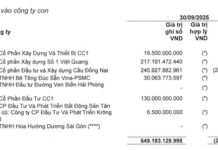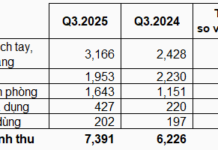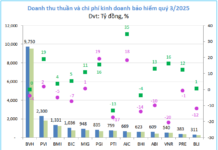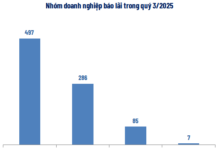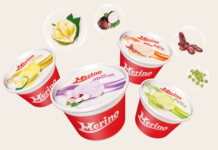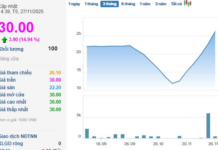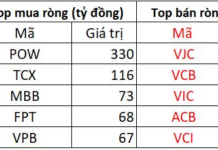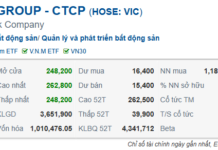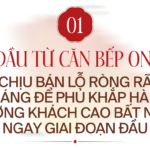The culinary delights of Vietnam’s Southwestern region are renowned for their simplicity and depth of flavor. Among the myriad of specialties like linh fish, diệp điển flowers, and fermented fish sauce, Sóc Trăng’s sweet pickled radish, or xá bấu, holds a unique place. This dish is a true rice companion, making it easy to understand why this rural specialty is now packaged and exported worldwide.
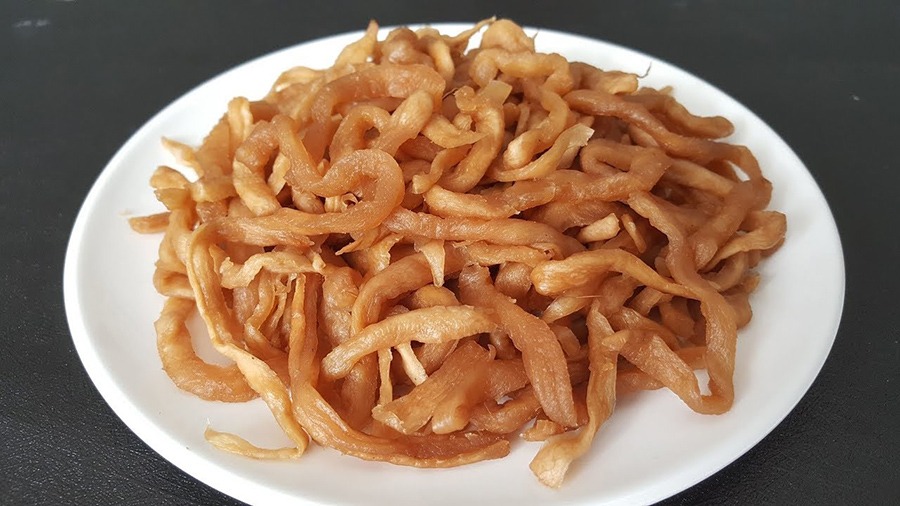
From a Teochew Dish to a Symbol of Mekong Delta Cuisine
Xá bấu originates from the Teochew word “chái pấu,” meaning pickled radish. When Teochew Chinese immigrants settled in Sóc Trăng, Bạc Liêu, and Cà Mau, they brought with them the art of pickling radishes—a method of preserving food during scarce months. Over time, the local Vietnamese adapted this dish, adding a distinctive sweetness to create sweet xá bấu, a fusion of Vietnamese and Chinese culinary traditions.
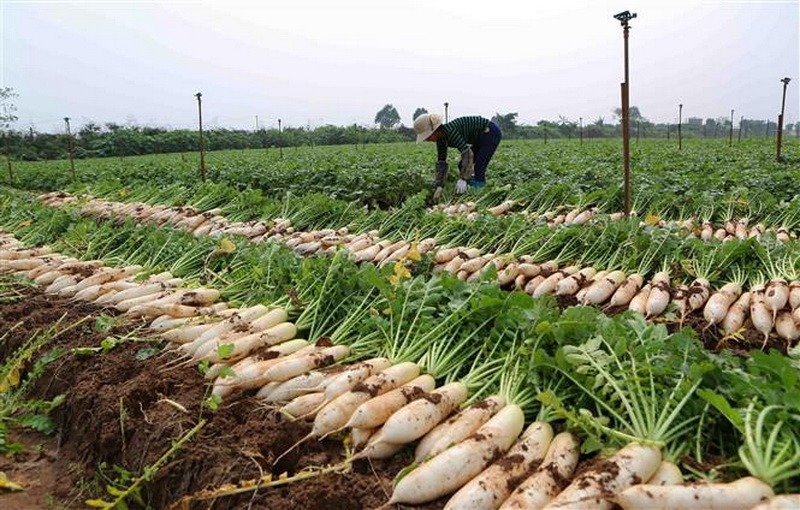
A Meticulous and Labor-Intensive Process
The primary ingredient of xá bấu is Vĩnh Châu white radish, grown in a region known for its dry climate and sandy loam soil, which produces crisp, low-fiber radishes. Harvested from October to January, the radishes undergo a multi-day preparation process: they are washed, sun-dried, mixed with coarse salt, and packed tightly in ceramic jars. As the radishes release water, they are drained, dried, and repeated until they shrink and turn dark brown. For sweet xá bấu, white sugar is added, and the radishes are further fermented to achieve a chewy, crisp texture with a mild sweetness.
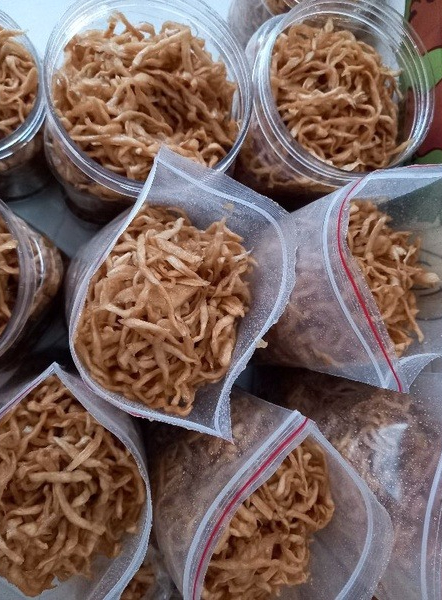
A Rustic Yet Unforgettable Flavor
At first glance, the dark brown, wrinkled radish strands might seem unappetizing. However, one bite reveals a harmonious blend of mild saltiness, subtle sweetness, and a hint of natural sourness from fermentation, leaving a lasting impression. As locals jokingly say, “One taste makes you fond, a second makes you long for more.”
Xá bấu can be enjoyed with hot rice, stir-fried with eggs, simmered in fish sauce and sugar, or mixed with congee or sticky rice, each pairing evoking the essence of home. In Sóc Trăng, many local eateries proudly feature this dish on their menus, offering visitors a unique taste of tradition.
From a Humble Jar to an Exported Delicacy
Sóc Trăng’s xá bấu is now mass-produced in Vĩnh Châu, with an average yield of 120-130 kg of finished product from one ton of fresh radish. Market prices range from 70,000 to 100,000 VND per kilogram, depending on the type. Some producers package and export it to Singapore, Hong Kong, and China, introducing this humble dish to the international market.
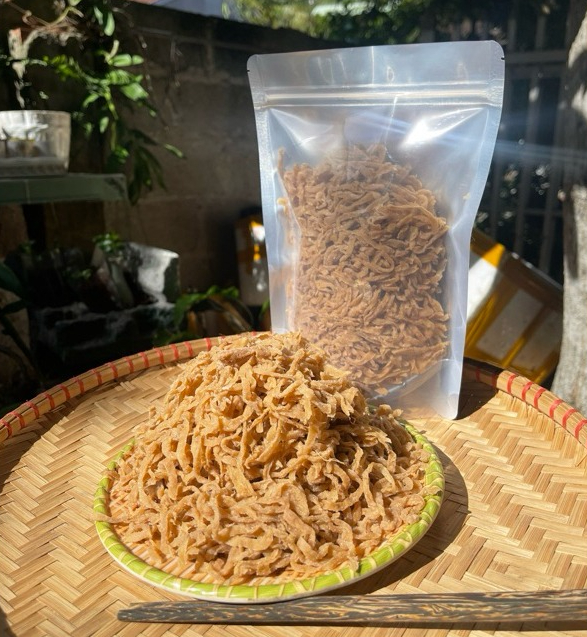
For the people of the Southwest, a jar of xá bấu was once a precious reserve during the rainy season, a staple during lean times. A simple meal of white rice and stir-fried xá bấu with eggs could satisfy an entire family. Today, despite improved living standards, many Sóc Trăng families continue to pickle radishes each season, preserving memories and traditions.
Beyond its delicious taste, xá bấu is rich in minerals, aids digestion, and enhances appetite. From a humble dish of the poor, sweet xá bấu has become a source of pride for the Southern region—a simple yet refined slice of Vietnamese culinary culture.
Compiled
“Japanese Tourists Can’t Get Enough of This Vietnamese Fermented Fish Sauce, Leaving Netizens in Stitches”
Few would have guessed that *mam*, a condiment often considered an acquired taste for many foreign visitors, would captivate the heart of a Japanese traveler.
“Founder of Bếp Hoa Restaurant Chain: Embracing the Strategy of Selling at a Loss to Entice Customers, Ensuring No Leftovers After 3 Days, and the Dream of Bringing Vietnamese Flavors to the World.”
From a humble online kitchen during the pandemic, over five years, Luong Vu Thieu Hoa has transformed Bếp Hoa into a notable F&B brand with an extensive online presence, four vibrant restaurants, and a team of over 300 dedicated individuals. With a bold strategy of absorbing losses for the first six months, a steadfast commitment to ensuring no food goes unsold after three days, and a relentless focus on delivering exceptional culinary experiences, Thieu Hoa has steered Bếp Hoa to its impressive stature today.
The Ultimate Brazilian Delight: A Taste of Vietnam’s Finest Exports.
“A Brazilian family recently indulged in a culinary adventure, sampling two of Vietnam’s renowned specialties. Their reaction? Pure delight! They couldn’t stop raving about the exquisite flavors and proclaimed the dishes to be ‘absolutely fantastic,’ taking their taste buds on a journey beyond mere excellence.”











